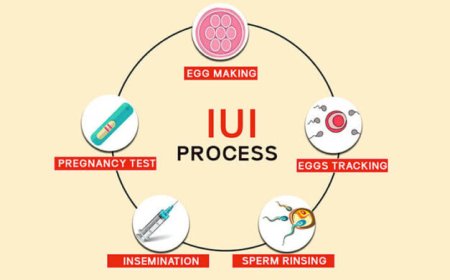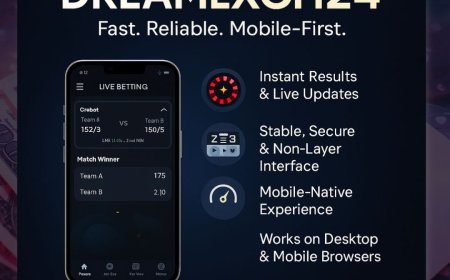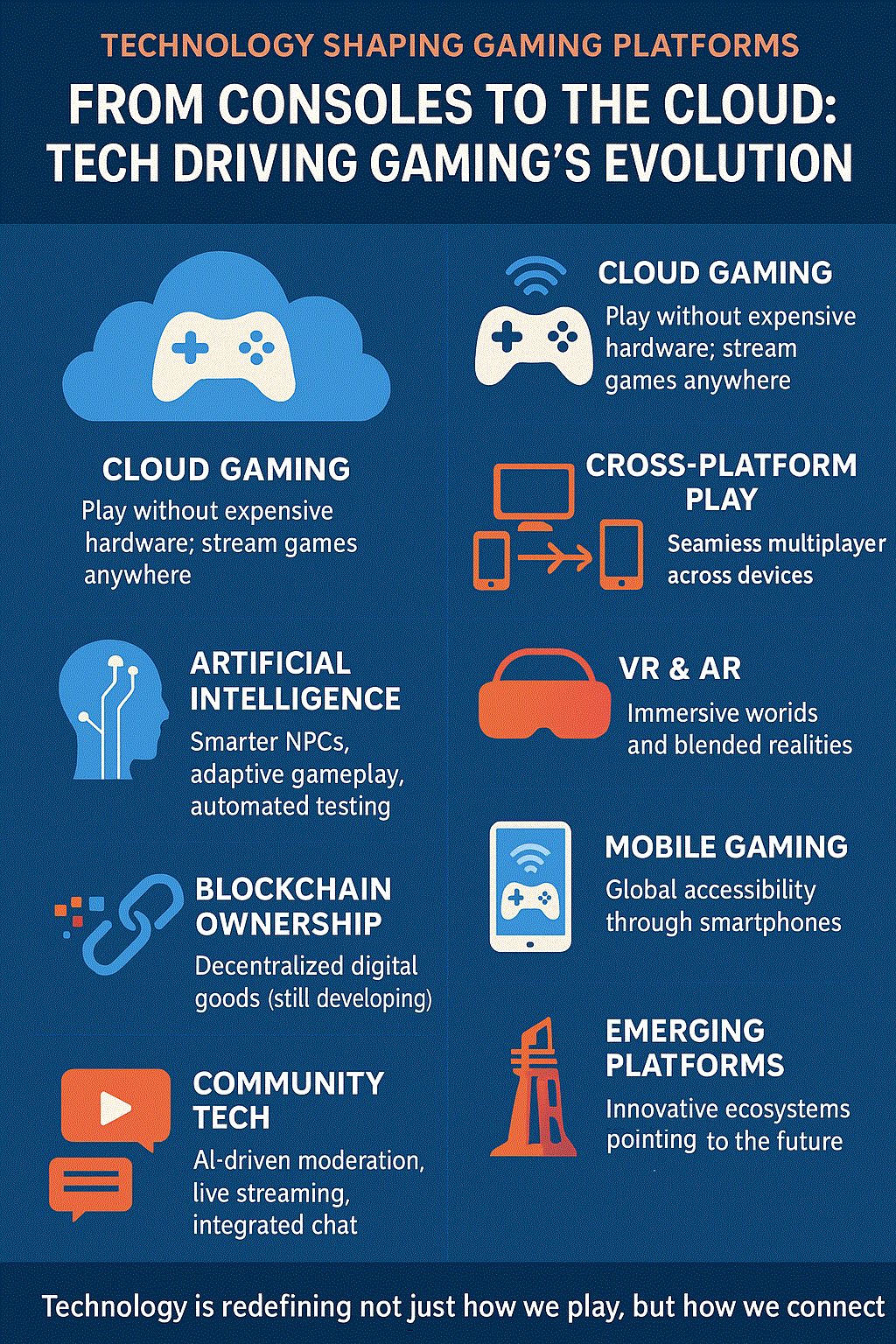Fiber Optic Internet vs. Broadband: Which Is Better for You?
Explore the advantages of fiber optic internet versus traditional broadband. Make an informed choice for your connectivity needs with our comprehensive guide.

In today’s fast-paced digital world, choosing the right internet connection can significantly impact your business performance. With so many options available, two of the most common choices are fiber optic internet and broadband. While both provide reliable connectivity, they differ greatly in terms of speed, reliability, and scalability. Understanding these differences will help you make the best decision for your company’s connectivity needs.
What Is Fiber Optic Internet?
Fiber optic internet uses strands of glass or plastic fibers to transmit data as light signals. This technology allows information to travel at nearly the speed of light, resulting in unmatched speed and reliability. It’s ideal for companies that depend heavily on cloud computing, video conferencing, and real-time collaboration. Unlike traditional broadband, fiber optic internet offers symmetrical upload and download speeds meaning sending and receiving data happens at the same lightning-fast rate. This makes it a top choice for internet for businesses that require stable and high-performance connectivity.
What Is Broadband Internet?
Broadband internet is a general term for high-speed internet connections that are always on. It typically includes technologies like DSL, cable, and satellite. Broadband connections are widely available and cost-effective, making them suitable for smaller businesses or home users with moderate internet needs. However, broadband often shares bandwidth among multiple users in the same area, which can cause speed drops during peak hours. Upload speeds are also much slower compared to downloads, which can affect businesses that upload large files or use video calls frequently.
Key Differences Between Fiber Optic Internet and Broadband
| Feature | Fiber Optic Internet | Broadband Internet |
|---|---|---|
| Speed | Up to 1 Gbps or more | Usually 25–200 Mbps |
| Reliability | Highly stable and weather-resistant | Can slow down during peak hours |
| Latency | Extremely low | Moderate to high |
| Upload/Download Speeds | Symmetrical | Asymmetrical |
| Scalability | Easily scalable for business growth | Limited scalability |
| Cost | Slightly higher upfront | Lower initial cost |
Why Businesses Prefer Dedicated Fiber Internet
For organizations that require consistent performance, dedicated fiber internet is the ultimate solution. Unlike shared broadband connections, dedicated fiber provides a private line solely for your company’s use. This means your bandwidth isn’t shared with anyone else, ensuring constant speed, low latency, and high security. A business internet provider offering dedicated fiber can also customize your bandwidth according to your company’s needs perfect for high-traffic websites, large data transfers, or VoIP systems. The investment pays off in the long run with increased productivity and fewer connectivity disruptions.
Which Option Is Right for You?
If your business relies on real-time data, cloud software, or large file transfers, fiber optic internet is undoubtedly the better choice. It offers unmatched reliability and performance for modern business operations. On the other hand, if your company’s online activity is limited to emails, basic browsing, and small file uploads, broadband may be sufficient and more affordable in the short term. However, as digital demands continue to grow, upgrading to fiber optic internet ensures your business stays competitive and future-ready.
Final Thoughts
Choosing the right internet for businesses is more than just comparing speed it’s about reliability, scalability, and long-term value. With dedicated fiber internet from a trusted business internet provider, you gain a robust network foundation that supports your growth, efficiency, and digital transformation.





















